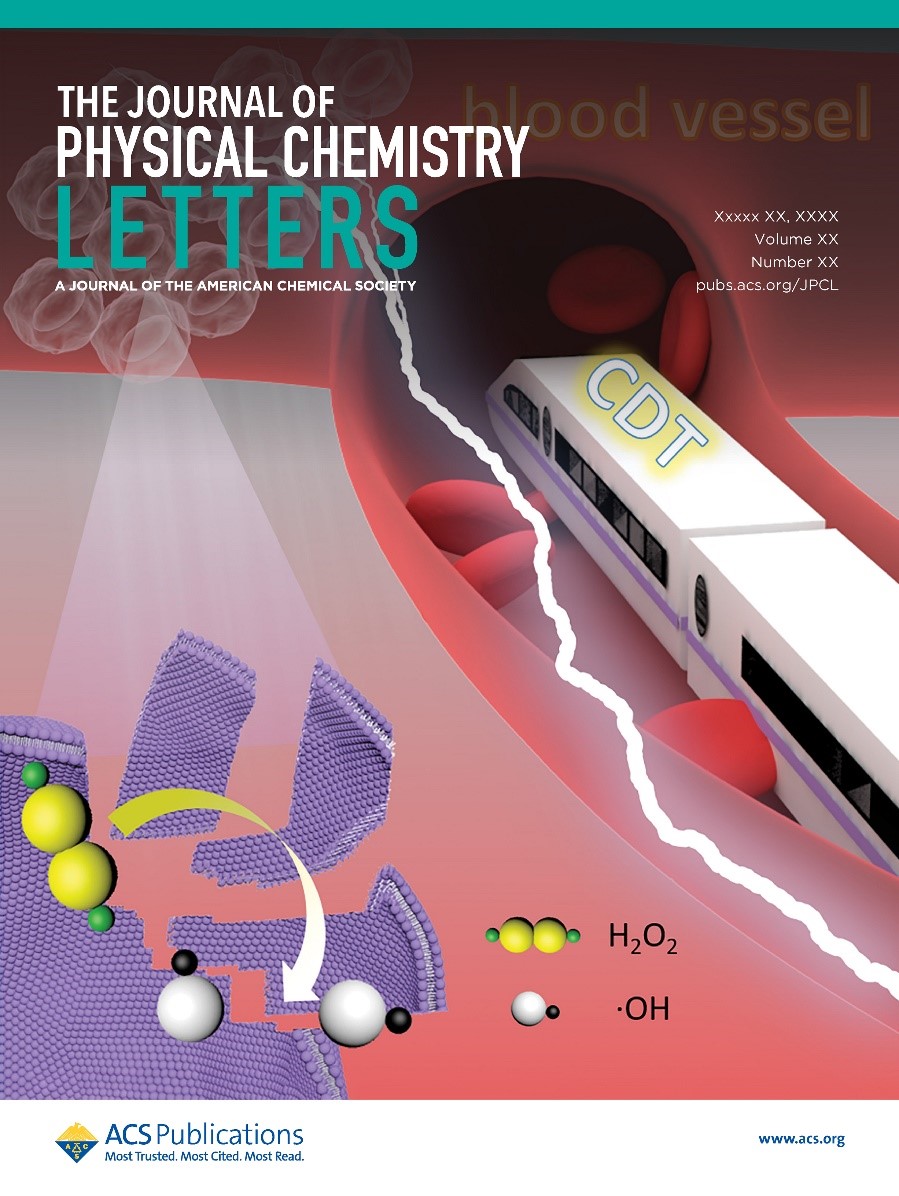
Chemodynamic therapy is a cancer treatment method based on Fenton/Fenton-like reaction. The exploration of peroxidase materials, which is for chemodynamic therapy, is an important research topic in the field of materials science.
In a new perspective article published on The Journal of Physical Chemistry Letters, Prof. WANG Hui from Hefei Institutes of Physical Science (HFIPS), collaborated with professor from The City University of New York, looked back the development process of metal nanozymes and carbon-based nanozymes for peroxidase mimics in recent years and gave their suggestion for future direction, which is important for Chemodynamic therapy.
In this paper, after analyzing the reaction mechanism of metal nanozyme, and concluding the effects of the structure and surface properties of carbon-based nanozymes on its electron transfer and peroxidase-like activity, they outlined development direction of carbon nanomaterials in the chemodynamic therapy of cancer.
They first reviewed the design of high-performance metal-doped carbon-based peroxidase in recent years. Doping metal into carbon-based nanomaterials may be a feasible design to solve the problems of metal nanozyme aggregation. However, the author believes that as the nanozyme contains metals, it will cause potential problems to the human body. Carbon-based nanomaterials are difficult to transfer electrons, resulting in a low peroxidase rate. Therefore, figuring out how to increase the peroxidase rate of carbon-based nanozymes is the focus of current scientific research.
They predicts that the future research direction of nanozymes should be extremely small sized carbon-based nanomaterials with stability and long-term safety, high peroxidase like activity and excellent near-infrared emission and absorption properties.
"By combining tumor microenvironment response chemodynamic therapy with NIR photothermal therapy and fluorescence imaging on a single nano platform,” said WANG Hui, “this metal-free carbon-based nanozymes can minimize side effects and improve antitumor efficacy."

Figure. Schematic diagram of chemodynamic therapy application of carbon-based nanozyme (supplementary cover).